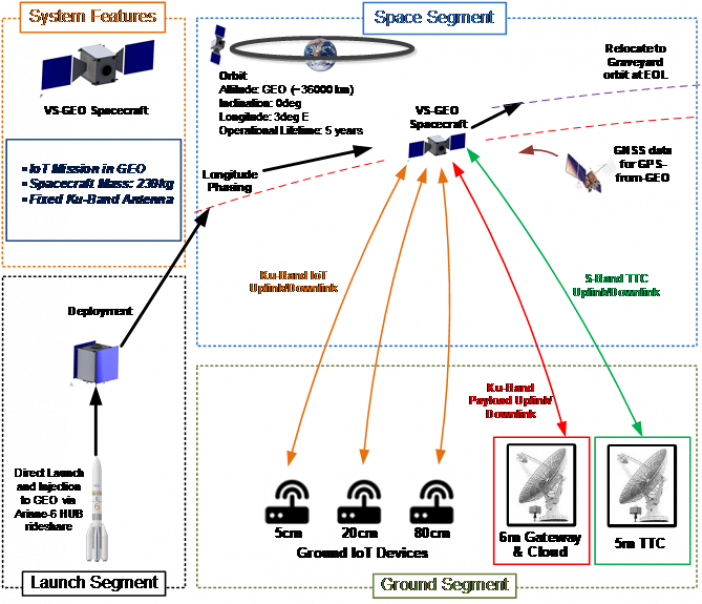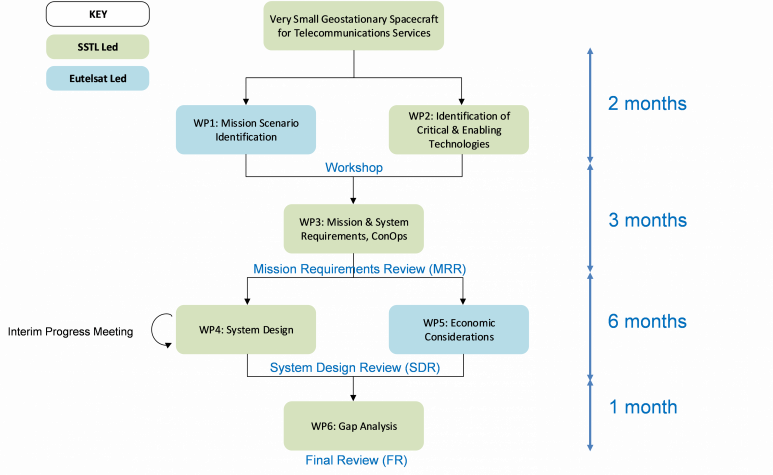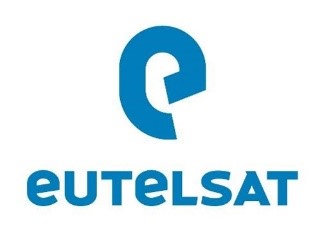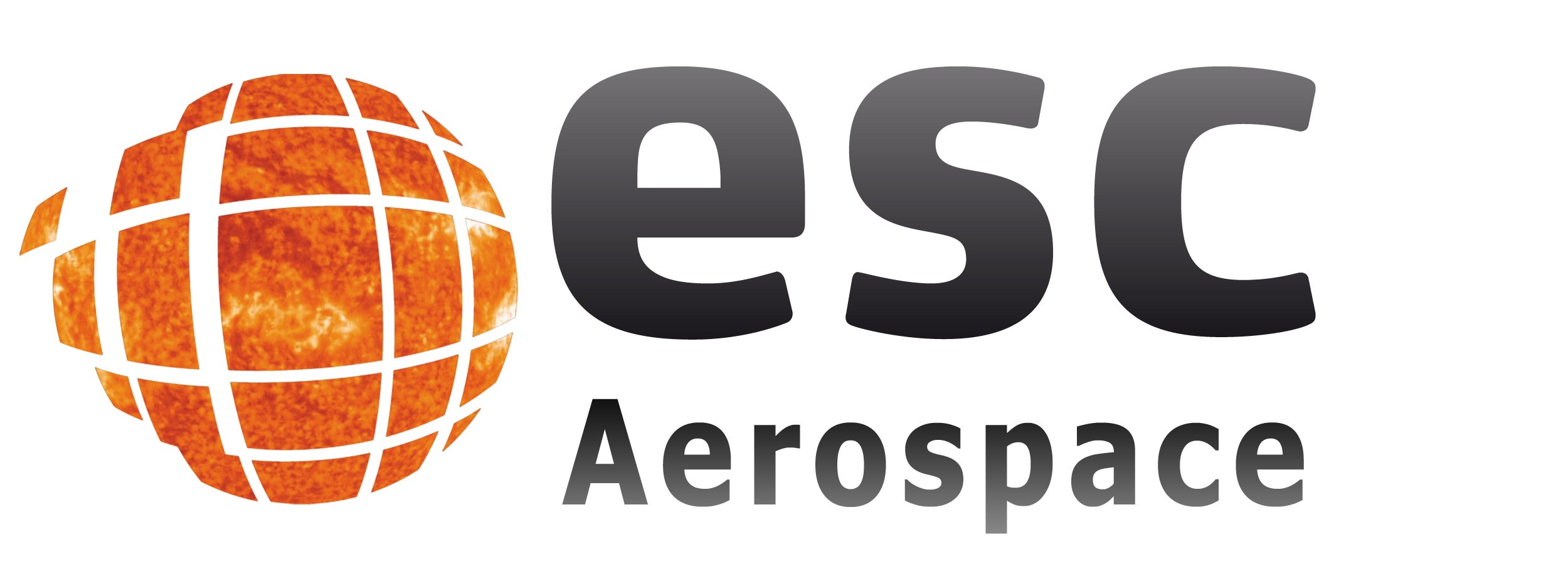-
StatusCompleted
-
Status date2021-02-02
-
Activity Code1B.121
The main initial study objectives were as follows:
- Investigate feasibility of deploying very small (<100kg) spacecraft into geostationary orbit to provide a broad range of both existing and new telecommunication services.
- Include recent developments in launch/insertion, platform technology, payloads
- Assume Telecommunication services implemented (launched) by the start of 2024
- Assume a total mission lifetime of 4 years or less (including Transfer)
- Responsible/safe behaviour in GEO (e.g. RF interference, EOL, Collision Avoidance)
- No ITAR or EAR constraints
- Include a workshop at ESTEC to: (1) Present initial ideas on missions (including a recommended mission), critical issues, enablers and seek feedback; (2) Select a mission application to take forward for further detailed design
- Include economic considerations with regards to the selected mission i.e. shorter development cycles, alternative quality/PA approaches, alternative redundancy schemes at satellite and mission level and insurance considerations
- Identify main capability gaps versus current capabilities
- Identify developments necessary to realise the selected mission, including those leading to a common platform design that could serve a variety of telecommunication missions.
Two of the above objectives were refined as the study progressed, i.e. in particular the spacecraft mass was increased to <300kg, whilst the total mission lifetime was increased to 5.25 years.
The mission requirements impose severe constraints on the payload and platform, which drive the mass, power and cost of the payload and spacecraft (limited by the fundamental limits of a very small satellite), in particular:
- Payload Receive (whole area coverage area simultaneously)
- High Availability (a target of 99.9%)
- 100% Duty Cycle
- A standard GEO orbit (high DeltaV/year for station-keeping within the allocated box, enhanced reliability to prevent collisions, EOL graveyard, etc.)
- Min 5 year lifetime
Global payload coverage is not possible via a single very small GEO satellite, so a compromise Ku-Band IoT mission with a smaller regional coverage area was developed.
.
The baseline SSTL platform can meet the requirements for the compromise solution and can be achieved via a low cost rideshare with the Ariane 64 HUB or Spaceflight Inc. The main platform technical developments identified in the study can also be achieved in line with a launch date of Jan 2024.
The main benefits of the baseline SSTL platform are as follows:
- The baseline low cost SSTL microsatellite platform can provide high availability, high performance via its highly robust fail-operational FDIR design and redundant platform
- This platform design could also be applicable for other categories of missions (e.g. Technology Demonstration, Space Situational Awareness, EO, etc.). Whilst the initial generic platform development would require a substantial NRE cost support from ESA or a National Agency, this will then benefit a fully independent European access to new space missions/services at a very competitive cost.
An ESA stand-alone technology demonstrator mission could also develop and de-risk some interesting spacecraft (e.g. Phased Arrays) and ground terminal technologies which could enable a better performance (and thus a better business case) or a lower mass (and potentially a lower cost – at least for the launch).
The Table below summarises the parameters for the baseline mission, including the capabilities and components to support the benefits described in the previous chapter.

The mission/system architecture (shown in the Figure below) was iterated throughout the study, in line with the overall concurrent mission design iterations, and including the overall lifetime of the proposed mission, from its launch and deployment, up to safe de-orbiting.
The mission architecture consists of a launch, space and a ground segment. The launch segment covers the reference launch on Ariane 64 via a HUB rideshare. The space segment comprises the VS-GEO spacecraft (which is the focus of the mission and space segment design). The ground segment consists of Users (Ground Based IoT devices), plus a Ku-Band Gateway ground station (diameter 6m) for the payload, and also an S-Band TTC ground station antenna with 5m diameter.

The Figure below summarises the project phases and milestone reviews.

The Final Report has been delivered and the project is close to completion (pending the Final Review and the Executive Summary)




